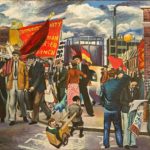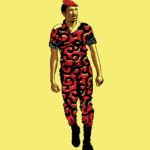
The Futures Past of Internationalism: A Conversation with Benita Parry
As I see it, the recent developments which might pose a challenge to how we understand current imperialism, are precisely those that define its contemporary existence as a world order structured by the systematic exploitation of incipiently-capitalist economies by the core capitalist states.
 Viewpoint Magazine
Viewpoint Magazine







